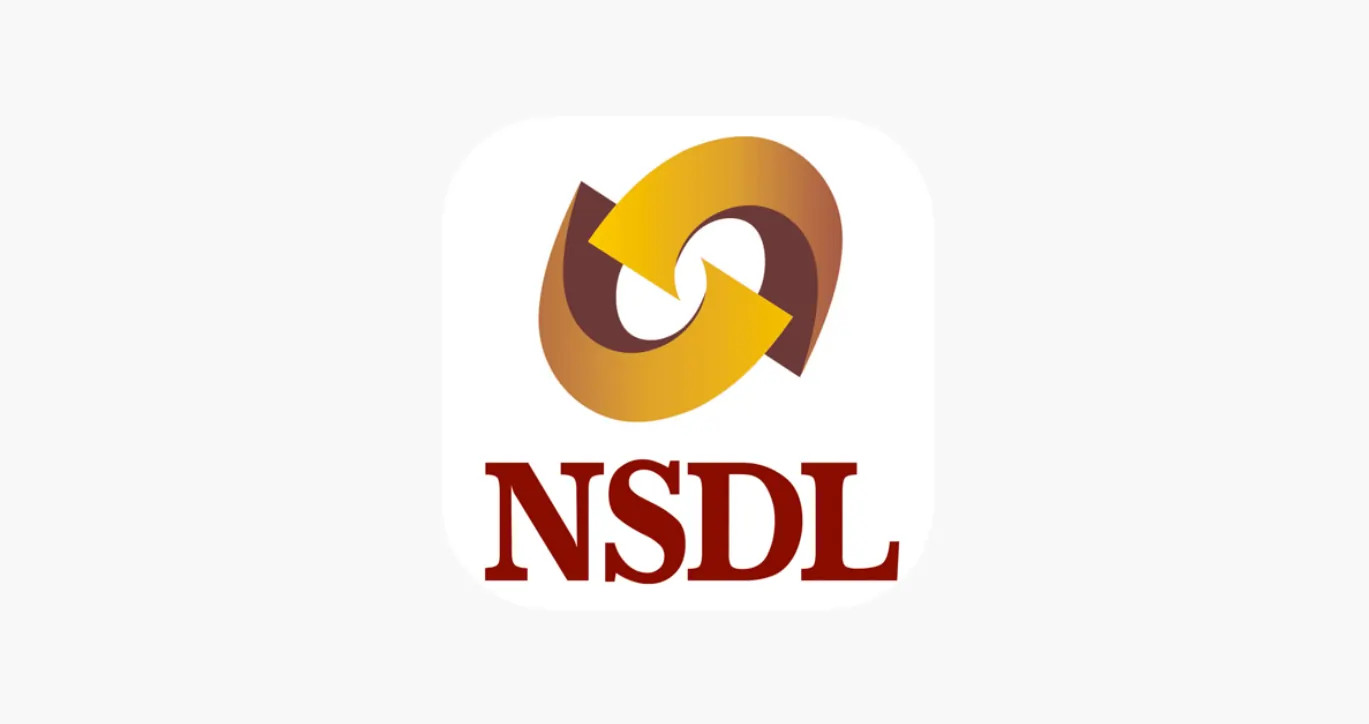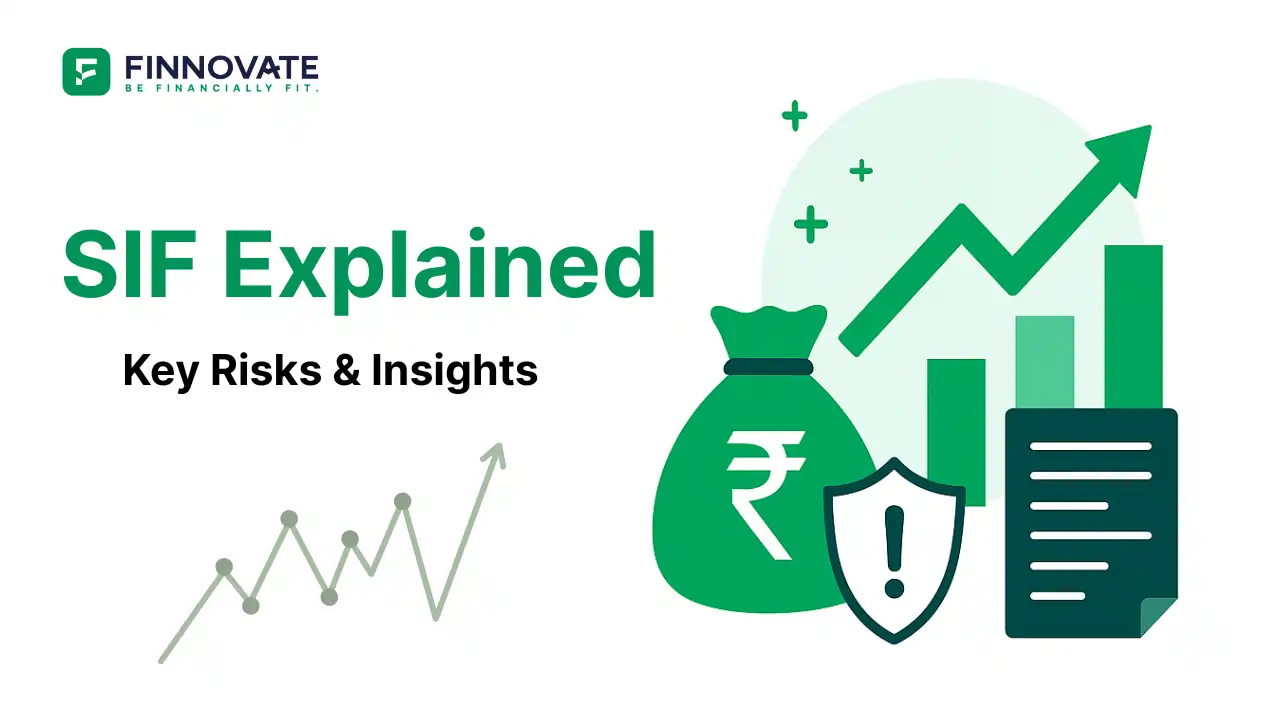
Warren Buffett Retires: Is Long-Term Investing Reaching Its Limits?
Warren Buffett’s retirement raises a bigger question for investors - can “hold forever...
When it comes to managing your money, financial advisors can be helpful guides. They help you plan your investments, insurance, and long-term goals like retirement or buying a house. But here’s a basic question many people forget to ask:
How does your financial advisor make money?
It’s important to know this because the way an advisor is paid can affect the kind of advice they give you. Some earn commissions by selling financial products. Others charge you a direct fee for their advice. Some do both.
In India, financial advisors may be registered with SEBI (as Registered Investment Advisors or RIAs) or work as product distributors. Understanding the difference can help you choose the right person and avoid biased advice.
This article breaks it down in simple terms, so you can make informed, confident decisions.
One of the most common ways financial advisors earn money in India is through commissions. These advisors are often not charging you directly - they get paid by the company whose product they recommend.
Let’s say your advisor suggests a mutual fund, insurance policy, or a ULIP (Unit Linked Insurance Plan). If you invest in it, the advisor receives a commission from the company managing that product.
There are two types of commissions typically involved:
If you invest ₹10 lakh in a mutual fund through a distributor:
This model can lead to conflict of interest. Since different products offer different commission rates, some advisors may be tempted to recommend what pays them more - rather than what suits your goals best.
That’s why this model is sometimes associated with mis-selling - especially when clients don’t understand what they’re being charged.
While commissions are common, many modern financial advisors in India follow a fee-based or fee-only model. In this setup, you pay the advisor directly for their time, advice, or portfolio management - similar to how you'd pay a doctor or a lawyer.
Advisors may charge you in different ways:
If your portfolio size is ₹1 crore and the advisor charges a 1% AUM fee, you pay ₹1 lakh per year for their services - regardless of which mutual fund or stock they recommend.
Many financial advisors in India follow a hybrid model - they charge a fee for some services and earn commissions on others. This is especially common among advisors who also act as mutual fund distributors or insurance agents.
Let’s say an advisor charges you ₹10,000 for planning your finances and then recommends a ₹5 lakh mutual fund investment. They may still earn a trail commission from the mutual fund company in addition to your ₹10,000 planning fee.
If you’ve ever invested in a mutual fund through an advisor, you may have heard the term “distributor.” These are mutual fund agents who earn commissions from the fund house when you invest through them.
Unlike SEBI-registered RIAs, mutual fund distributors are paid by the AMCs (Asset Management Companies) - not by you directly.
Trail commissions vary by product type and AMC, but typically range from 0.3% to 1% per year.
If you invest ₹10 lakh through a distributor in a regular mutual fund plan, and the trail commission is 0.75%:
Difference in returns over time can be significant - direct plans usually offer 0.5%–1% better returns annually than regular plans.
In India, not all financial advisors are the same. Some are distributors who earn through commissions. Others are SEBI-registered Investment Advisors (RIAs) who are legally bound to work in your best interest.
SEBI (Securities and Exchange Board of India) introduced the RIA regulation in 2013 to bring more transparency and trust into the advisory space.
A Registered Investment Advisor is someone who:
SEBI has defined clear limits:
RIAs can’t mix both for the same client. They must disclose the structure upfront.
| Feature | SEBI RIA | Mutual Fund Distributor |
|---|---|---|
| Registered with | SEBI | AMFI (usually) |
| Compensation | Fee from client | Commission from product |
| Fiduciary Duty | Yes | No |
| Can recommend Direct Plans? | Yes | No |
| Can earn commissions? | No | Yes |
Pro Tip: If your advisor claims to be “fee-only,” ask for their SEBI RIA registration number.
When you work with a financial advisor, it’s not just about what they charge you openly. There are often hidden or indirect costs that affect your overall returns.
To make smart decisions, you need to understand both the direct and indirect costs involved in financial advisory.
These are charges you pay out of your pocket or are billed to you clearly:
You’ll know exactly how much you're paying and what it’s for.
These are not charged to you directly, but are deducted from your investments or are embedded in the products you buy:
If a mutual fund has an expense ratio of 2% (regular plan), and the direct plan version has 1%, you are losing 1% every year - even if the advisor told you their service is “free.”
Over 10–15 years, these small differences can lead to big gaps in wealth creation.
Imagine losing ₹1 lakh every year in hidden costs on a ₹1 crore portfolio. That’s ₹10–15 lakhs over a decade!
Not all financial advisors work with every investor. Many have a minimum portfolio size, especially those who charge based on Assets Under Management (AUM).
This is known as an AUM threshold - and it's a key factor to consider when choosing an advisor.
Managing a portfolio takes time and effort. For advisors who charge 1% on AUM, a ₹10 lakh portfolio gives them ₹10,000 per year. That might not justify the work involved.
To stay profitable, many advisors set a minimum AUM requirement, commonly in the range of:
This doesn’t mean they won’t help you at all - but they may offer limited or simplified services to smaller clients.
Don’t worry - there are still options:
When approaching an advisor, ask upfront:
"Do you have any minimum portfolio size or investment commitment?"
This avoids surprises and helps set the right expectations from the start.
If you're considering becoming a financial advisor - or just curious about how much they earn - this section is for you.
Financial advisors in India can make anywhere from ₹3–30+ lakhs per year, depending on their business model, client base, and experience. Some top advisors managing high-net-worth clients even earn in crores.
| Advisor Type | Avg. Annual Income | Notes |
|---|---|---|
| New mutual fund distributor | ₹3L–₹6L | Based on small client base and trail commissions |
| Independent RIA (Fee-only) | ₹6L–₹15L | Scales with # of clients and complexity of advice |
| Advisor at wealth firm | ₹8L–₹20L | Often has salary + performance-based bonus |
| High-end private wealth advisor | ₹25L+ | Typically handles ultra-HNI clients and large AUM |
Being a financial advisor is both a profession and a business. The more value you deliver, the more trust and income you can earn over time.
Choosing the right financial advisor can make a big difference in your financial journey. But with so many types of advisors out there - some fee-only, some commission-based - it’s important to ask the right questions upfront.
Here’s a simple, practical checklist to help you make an informed decision.
Tip: Don’t hesitate to interview 2–3 advisors before making a decision. This is your money - you deserve clarity and trust.
The goal is to find an advisor who works for you, not for the products they sell.
We’ve compiled some of the most common questions people ask to make this topic even clearer.
They typically earn money through:
Charges depend on the model:
Trail commissions range from 0.3% to 1% annually, depending on the fund type and AMC. These are paid by the fund company from the expense ratio.
Visit SEBI’s website and search by their name or registration number.
Yes - direct plans have lower expenses and no hidden commissions. With a fee-only advisor, you pay a transparent fee and usually get unbiased advice.
Yes, experienced advisors with a solid client base or AUM can make ₹10 lakh to ₹50+ lakh per year, depending on their model and clientele.
Disclaimer: This article is for informational purposes only and does not constitute investment, tax, or legal advice. Readers are advised to consult a SEBI-registered financial advisor before making any financial decisions. Finnovate does not recommend or endorse any specific financial product or advisor compensation model.
Popular now

Learn how to easily download your NSDL CAS Statement in PDF format with our step-by-step g...

Explore what Specialised Investment Funds (SIFs) are, their benefits, taxation, minimum in...

Learn How to Download Your CDSL CAS Statement with our step-by-step guide. Easy instructio...

Looking for the best financial freedom books? Here’s a handpicked 2026 reading list with...